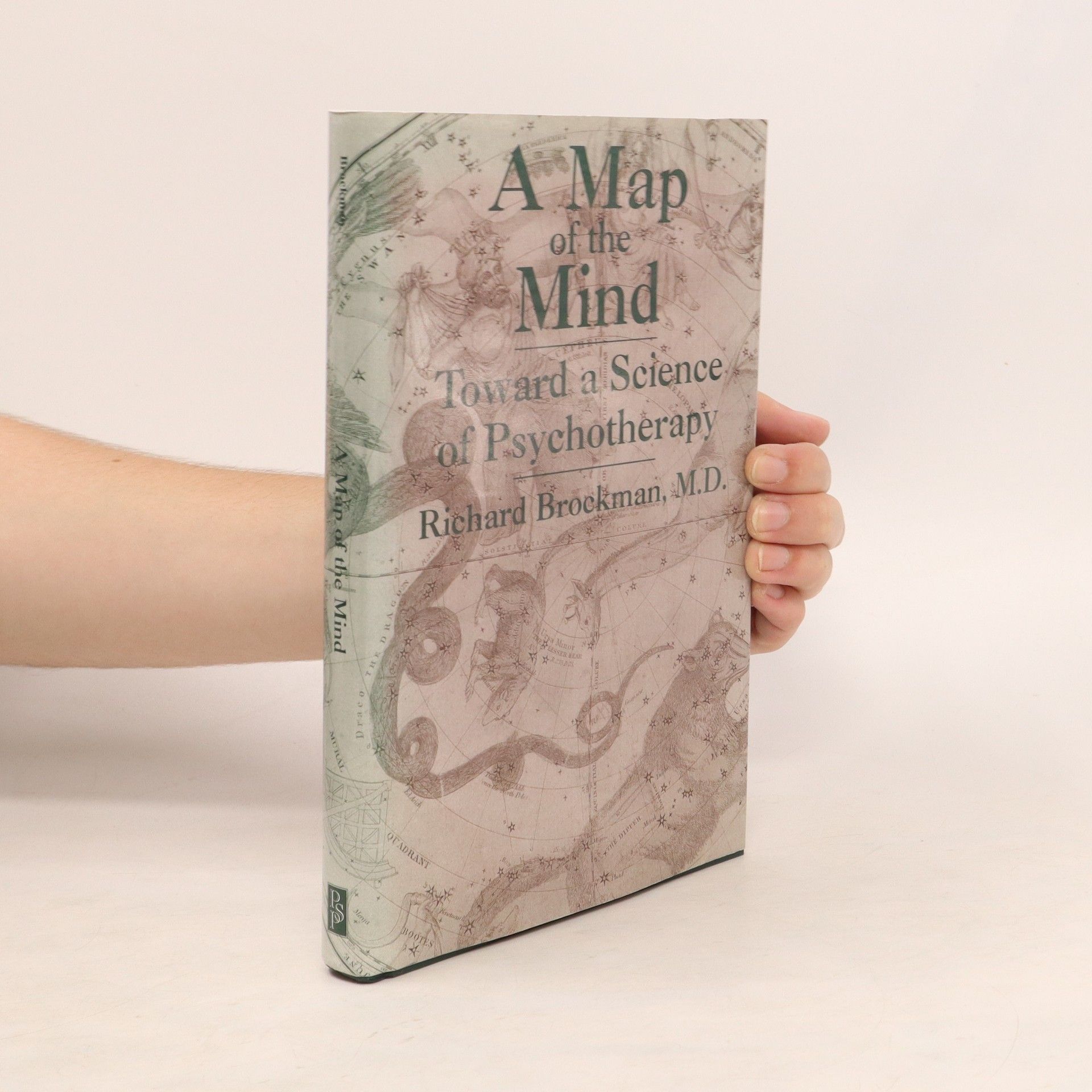Life After Death
- 320 páginas
- 12 horas de lectura
An intertwined tale of a boy’s world shattered by suicide and a man’s story rewritten by neuroscience.When Richard Brockman found his mother’s body, the simple narrative of his childhood ended. Life After Death tells the story of a boy who died and of a man who survived when the boy and the man are one and the same. It tells a very personal—yet tragically common—story of irredeemable loss. It tells the story of story itself. How story forms. How it grows. How it changes. How it can be broken. And finally, how sometimes it can be repaired.Now an expert in genetics, epigenetics, and the biology of attachment, Brockman chronicles his evolution from a child overwhelmed by trauma to a man who has struggled to reclaim his past. He lays bare the core of one who is both victim and healer. By weaving together childhood despair and clinical knowledge, Brockman shows how the shattered pieces of the self—though never the same and not without scars—can sometimes be put back together again.

